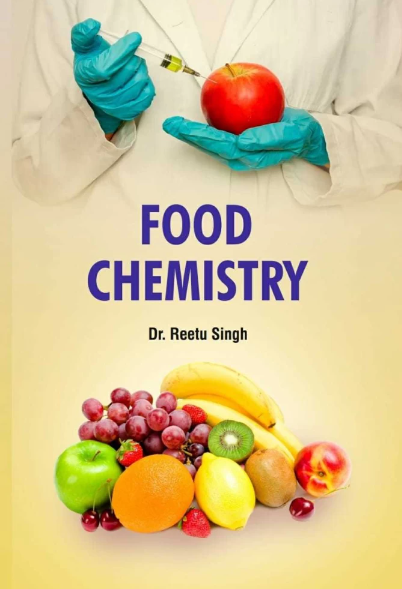Machine learning-guided Orbitrap-HRAMS-based metabolomic fingerprinting for geographical origin, variety and tissue specific authentication, and adulteration detection of turmeric and ashwagandha
IF 8.5
1区 农林科学
Q1 CHEMISTRY, APPLIED
引用次数: 0
Abstract
The increasing global demand for herbs and spices in food and nutraceutical industries highlights their key functional benefits, including antioxidant and anti-inflammatory properties. Ensuring authenticity and traceability is essential to counteract challenges such as geographical origin (GO) mislabelling and tissue- or variety-specific adulteration, which can undermine product quality and safety. This study employs LC-Orbitrap-MS-based untargeted metabolomics coupled with machine learning to authenticate the GO, variety, and tissue specificity of turmeric (Curcuma longa) and ashwagandha (Withania somnifera), two widely used food ingredients. Four GO-specific turmeric samples, three tissue- and variety- specific ashwagandha samples, and adulterated market samples were analysed using data-dependent acquisition mode. Machine learning algorithms identified key biomarkers and constructed robust classification models, achieving 98 % specificity and accuracy in authenticating GO, variety, and tissue specificity, even in adulterated samples. These results demonstrate the value of integrating advanced metabolomics and machine learning for quality assurance and food safety in the global market.

求助全文
约1分钟内获得全文
求助全文
来源期刊

Food Chemistry
工程技术-食品科技
CiteScore
16.30
自引率
10.20%
发文量
3130
审稿时长
122 days
期刊介绍:
Food Chemistry publishes original research papers dealing with the advancement of the chemistry and biochemistry of foods or the analytical methods/ approach used. All papers should focus on the novelty of the research carried out.
 求助内容:
求助内容: 应助结果提醒方式:
应助结果提醒方式:


